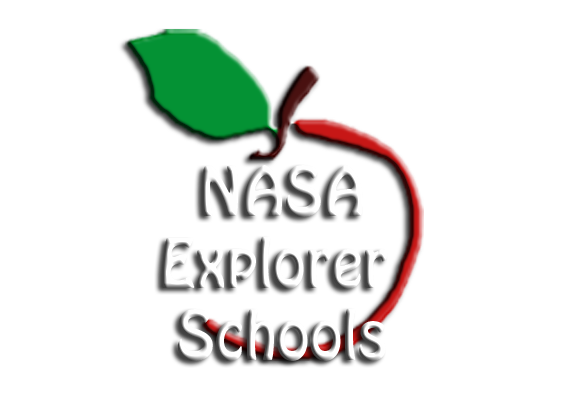On June 4, 2012, there’s going to be a full moon. According to Native American folklore it’s the Strawberry Moon, so-called because the short season for harvesting strawberries comes during the month of June.
This Strawberry’s going to have a bite taken out of it.
At 3:00 a.m. PDT, not long before sunrise on Monday, June 4, the moon passes directly behind our planet. A broad stretch of lunar terrain around the southern crater Tycho will fall under the shadow of Earth, producing the first lunar eclipse of 2012. At maximum eclipse, around 4:04 a.m. PDT, 37% of the moon’s surface will be in the dark.

 In this episode of NASA Now, Sam James explains why NASA engineers build model aircraft. James talks about how models are tested in wind tunnels and why it’s important to create models that are proportional to full-scale aircraft. He discusses why models are an inexpensive alternative to full-scale aircraft during the redesigning stage of the engineering design process.
In this episode of NASA Now, Sam James explains why NASA engineers build model aircraft. James talks about how models are tested in wind tunnels and why it’s important to create models that are proportional to full-scale aircraft. He discusses why models are an inexpensive alternative to full-scale aircraft during the redesigning stage of the engineering design process.

 Nancy Hall, a research scientist at NASA Glenn Research Center, discusses the different ways matter acts in the gravity on Earth and the microgravity of space and how she uses a drop tower for testing.
Nancy Hall, a research scientist at NASA Glenn Research Center, discusses the different ways matter acts in the gravity on Earth and the microgravity of space and how she uses a drop tower for testing.

 NASA’s Spitzer Space Telescope has detected light emanating from a “super-Earth” beyond our solar system for the first time. While the planet is not habitable, the detection is a historic step toward the eventual search for signs of life on other planets.
NASA’s Spitzer Space Telescope has detected light emanating from a “super-Earth” beyond our solar system for the first time. While the planet is not habitable, the detection is a historic step toward the eventual search for signs of life on other planets.